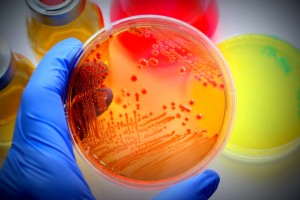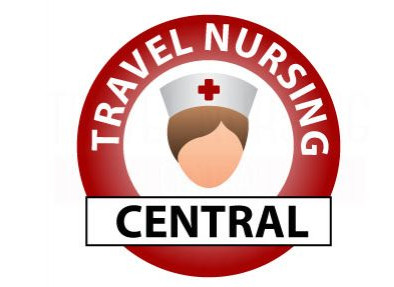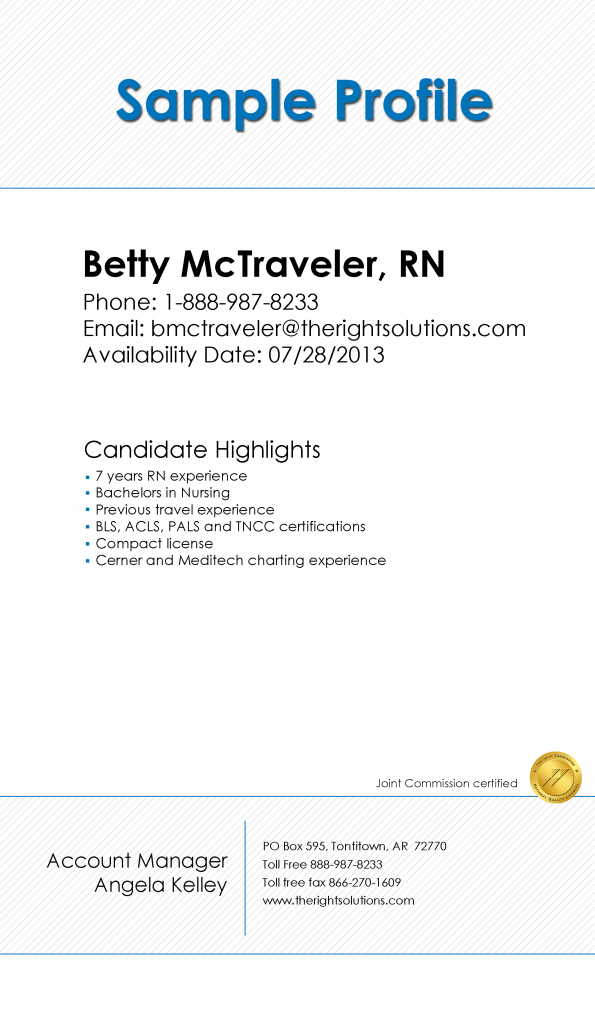
A drug-resistant superbug, known as mcr-1 gene, has appeared for the first time in the U.S. Travel nurses need to be aware of the risks associated with this superbug.
Researchers recently reported a drug-resistant superbug gene has appeared for the first time in the U.S. Healthcare professionals are understandably concerned for the safety of their patients and the general population as a whole. In particular, travel nurses must stay vigilant as the nature of their jobs requires them to relocate to different facilities year round. Below are the top 4 things travel nurses should know about the latest superbug gene.
- It’s known as the mcr-1 gene: The latest superbug gene, called mcr-1, was found in a Pennsylvania woman with an e-coli infection last month. In her case, the gene mutated the e-coli bacteria to be resistant to colistin, a medication among a handful of antibiotics that can still treat drug-resistant strains of bacteria. Fortunately, her case was treatable with other last-ditch effort antibiotics.
- The gene can spread between species of bacteria: The mcr-1 gene is located on a tiny bit of DNA called a plasmid, which is easily transferable between species. Bacteria can mutate quickly, but the plasmid provides an extra shortcut. What scientists and healthcare professionals are worried about is the potential rise of a giant superbug. Hypothetically, the mcr-1 gene could pass on its traits to another bacterium with other mutations and create a giant superbug. This giant superbug would be resistant to all known antibiotics, and could throw civilization back to the era before prescription drugs.
- It’s nasty, and there are others out there: This mutant gene was first found in China in 2015, and since then it’s been popping up around the world. It’s also been found in a range of bacteria. Since the woman in Pennsylvania hadn’t traveled recently, it means that the mcr-1 gene has probably been flying under the radar in the U.S. for a while. Although this gene isn’t the giant superbug, it’s still hard to treat. The mcr-1 gene was resistant to several other classes of antibiotics, including fluoroquinolones.
- Your patients could be carriers of superbugs: For years, it’s been known that drug-resistant strains of bacteria have the potential to be found on medical equipment, and even occasionally healthcare workers themselves. However, a recent study conducted by the University of Michigan found that 25 percent of hospital patients tested had some sort of drug-resistant germ on their hands when they were discharged from the hospital.
The superbug may be a scary prospect, but arming yourself with knowledge can help protect you and the patients you serve. Click here to refresh your training on basic infection control and personal protective equipment guidelines. To learn more about the mcr-1 gene, you can read the published study in the journal Antimicrobial Agents and Chemotherapy here.
As a healthcare professional, what are your thoughts on the latest news regarding the mcr-1 gene?





 Maybe you have something in your resume that is turning off a potential employer. It’s important to not have employment gaps, or at least as few as possible. Share your experiences that have had positive outcomes. Strengthen your resume by listing multiple examples of these experiences. Consider writing out your objective in your profile. What do you want? Set goals and be specific.
Maybe you have something in your resume that is turning off a potential employer. It’s important to not have employment gaps, or at least as few as possible. Share your experiences that have had positive outcomes. Strengthen your resume by listing multiple examples of these experiences. Consider writing out your objective in your profile. What do you want? Set goals and be specific.




